19th-Century Flame Mahogany Mantel Clock by BREGUET Raised by Lion Paw Feet
£23,500
Request Information
Follow Us
19th-Century Flame Mahogany Mantel Clock by BREGUET Raised by Lion Paw Feet
EXTREMELY RARE MANTEL CLOCK WITH A FIGURED MAHOGANY-VENEERED CASE by A-L BREGUET
Abraham-Louis Breguet (1747-1823), who was of Swiss origin, is undoubtedly the most celebrated clockmaker of the late eighteenth and early nineteenth centuries in France. He is responsible for the invention of the self-winding watch, the tourbillon and the sympathetic watch ( a watch that is placed in a cradle of a special clock. It is then linked by means of a pin fixed behind the clock dial. Built into the motion work which, when released by the clock, automatically sets the hands to the clock’s time as well as correcting the watch’s regulator necessitated by any degree of inaccuracy registered at the moment of synchronisation) and many other horological improvements and developments. Around the year 1807 Breguet brought in his son, Antoine-Louis (born 1776), as a business partner, and from this point, the firm became known as Breguet et Fils. Breguet had previously sent his son to London to study with the great English chronometer maker John Arnold, and such was the friendship that Arnold, in turn, sent his son, John Roger, to spend time with Breguet. Later the House of Breguet was founded, which is still in existence today, mainly producing high quality watches. There are about a dozen clocks by Breguet in the Royal Collection, with George III being a first and very good client.
The present clock is one of two made in the mid-1790s (the other numbered 209), probably prototypes for his later complex mahogany cased travelling clocks, which were produced in the French Empire period. Typically, the two very similar clocks are slightly different, as Breguet never made exactly the same clock. The case foreshadows the austere style of the Empire period. The number, almost certainly 208, could not be traced.
The austere mahogany-veneered oak case has a vertical slide at the back to access the movement, the winding arbors, the hand setting knob, as well as the regulation knob. This allows the front to be very sober. Close to the bottom is a very gentle moulin to create the impression of a base. The case rests on four fine gilt brass claw feet.
The circular enamel dial has a fine chapter ring with Arabic hour numerals, Arabic quarter-hour, five-minute and minute divisions. It is protected by a convex glass, set in a fixed brass bezel.
The superb spring-driven eight-day movement has going and striking trains. The going train has anchor escapement with a short silk-suspended pendulum (original) and a count-wheel controlled striking train, indicating the hours fully and the half hours with one stroke on a bell unusually mounted on top of the movement. The clock comes with its original winding key.
Condition
Good. Wear consistent with age and use. Fabulous condition, perfect working order.
Dimensions
Height: 11.03 in. (28 cm)
Width: 7.09 in. (18 cm)
Depth: 5.52 in. (14 cm)
Literature
Tardy, Dictionnaire des Horlogers Français, Paris, 1971, pp. 84-97
J.-D. Augarde, Les Ouvriers du Temps, Antiquorum, 1996, pp. 288-90
G. Daniels, The Art of Breguet, London, 1974, passim.
PREVIOUSLY SOLD
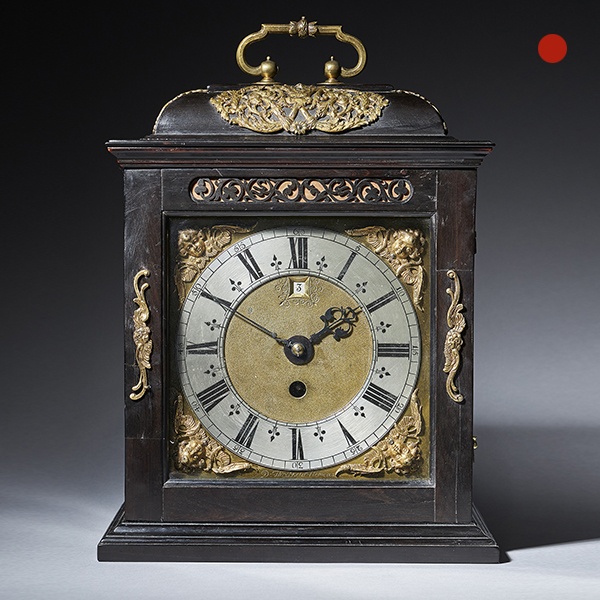
Fine 17th Century Charles II Spring Driven Table Clock by Deodatus Threlkeld
Fine 17th Century Charles II Spring Driven Table Clock by Deodatus Threlkeld SOLD Follow UsFine 17th Century Charles II Spring Driven Table Clock by Deodatus Threlkeld The eminent maker Deodatus Threlkeld (1658-1732) was an apprentice of...

19th Century Gilt-Brass Engraved Striking and Repeating Carriage Clock
19th Century Gilt-Brass Engraved Striking and Repeating Carriage Clock Sold Follow Us19th Century Gilt-Brass Engraved Striking and Repeating Carriage Clock The superb engraved gilt brass gorge case has facetted glass panels to all sides so...
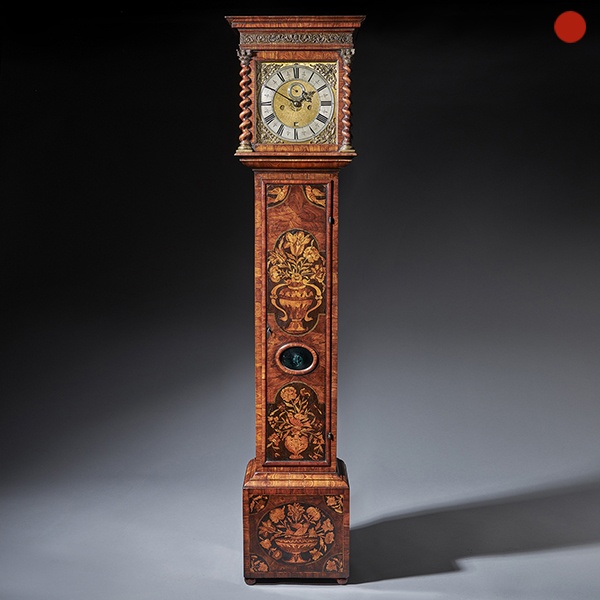
Important Charles II 17th Century Princes Wood and Marquetry Longcase Clock
Important Charles II 17th Century Princes Wood and Marquetry Longcase Clock SOLD Follow UsImportant Charles II 17th Century Princes Wood and Marquetry Longcase Clock A unique and important Charles II 17th century month-going Princes wood and...
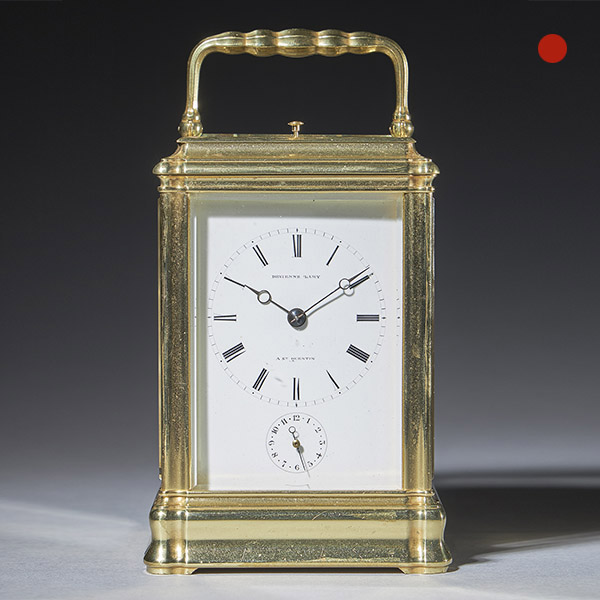
A Rare And Unusual 19th-Century Carriage Clock Signed Devienne Lamy A St Quentin, Circa: 1860
A Rare And Unusual 19th-Century Carriage Clock Signed Devienne Lamy A St Quentin, circa 1860. The gorge case has bevelled glass panels on all sides.
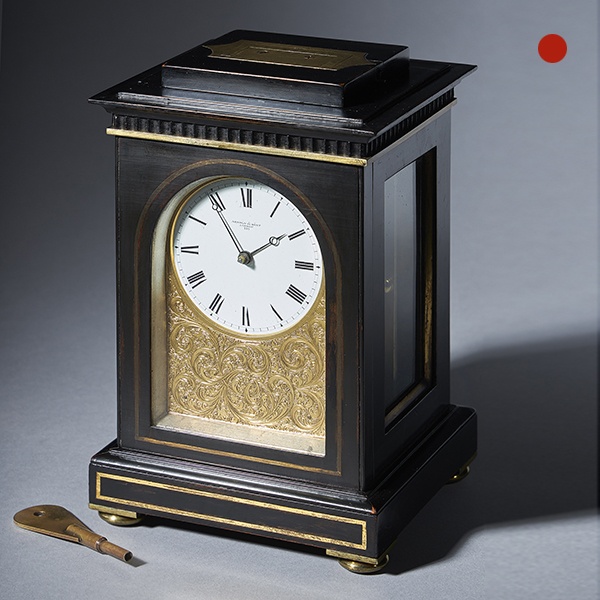
A Unique And Fine Mid 19th-Century Travelling Clock By Celebrated Makers Arnold & Dent, London
Unique and Fine Mid 19th-Century Travelling Clock By Celebrated Makers Arnold & Dent, London. The time is indicated by a fine pair of blued-steel Breguet hands.
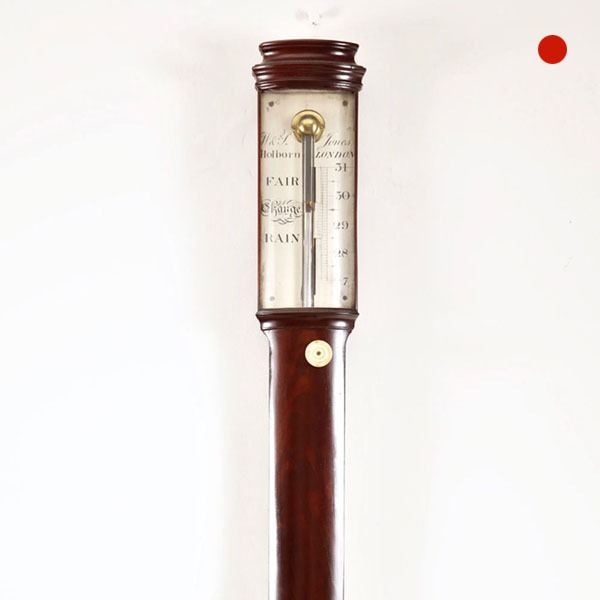
A fine 18th-Century George III mahogany bow-front stick barometer
The mahogany-veneered case has an austere form with only the moulded caddy top and the urn-shaped cistern cover to break its soberness. The silvered register plates are protected by a bowed glass, the recorder with vernier scale being operated by a knob below the register plate.

Fine 17th Century Charles II Spring Driven Table Clock by Deodatus Threlkeld
Fine 17th Century Charles II Spring Driven Table Clock by Deodatus Threlkeld SOLD Follow UsFine 17th Century Charles II Spring Driven Table Clock by Deodatus Threlkeld The eminent maker Deodatus Threlkeld (1658-1732) was an apprentice of...

19th Century Gilt-Brass Engraved Striking and Repeating Carriage Clock
19th Century Gilt-Brass Engraved Striking and Repeating Carriage Clock Sold Follow Us19th Century Gilt-Brass Engraved Striking and Repeating Carriage Clock The superb engraved gilt brass gorge case has facetted glass panels to all sides so...

Important Charles II 17th Century Princes Wood and Marquetry Longcase Clock
Important Charles II 17th Century Princes Wood and Marquetry Longcase Clock SOLD Follow UsImportant Charles II 17th Century Princes Wood and Marquetry Longcase Clock A unique and important Charles II 17th century month-going Princes wood and...

A Rare And Unusual 19th-Century Carriage Clock Signed Devienne Lamy A St Quentin, Circa: 1860
A Rare And Unusual 19th-Century Carriage Clock Signed Devienne Lamy A St Quentin, circa 1860. The gorge case has bevelled glass panels on all sides.

A Unique And Fine Mid 19th-Century Travelling Clock By Celebrated Makers Arnold & Dent, London
Unique and Fine Mid 19th-Century Travelling Clock By Celebrated Makers Arnold & Dent, London. The time is indicated by a fine pair of blued-steel Breguet hands.

A fine 18th-Century George III mahogany bow-front stick barometer
The mahogany-veneered case has an austere form with only the moulded caddy top and the urn-shaped cistern cover to break its soberness. The silvered register plates are protected by a bowed glass, the recorder with vernier scale being operated by a knob below the register plate.
YOU MAY ALSO LIKE

A Rare Chinese Chippendale George III cabinet on stand, circa 1760 England
A Rare Chinese Chippendale George III cabinet on stand, circa 1760. England £38,000Follow UsA Rare...
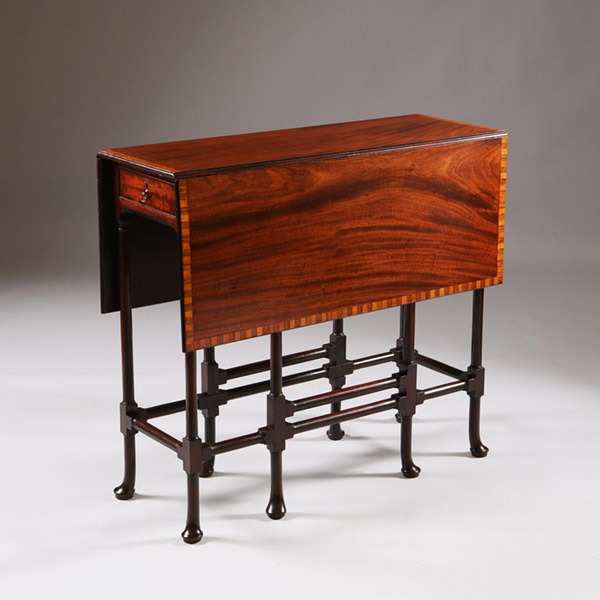
George III mahogany spider-leg table attributed to Thomas Chippendale 1768
A George III mahogany spider-leg table attributed to Thomas Chippendale 1768 £12,000Follow UsA...
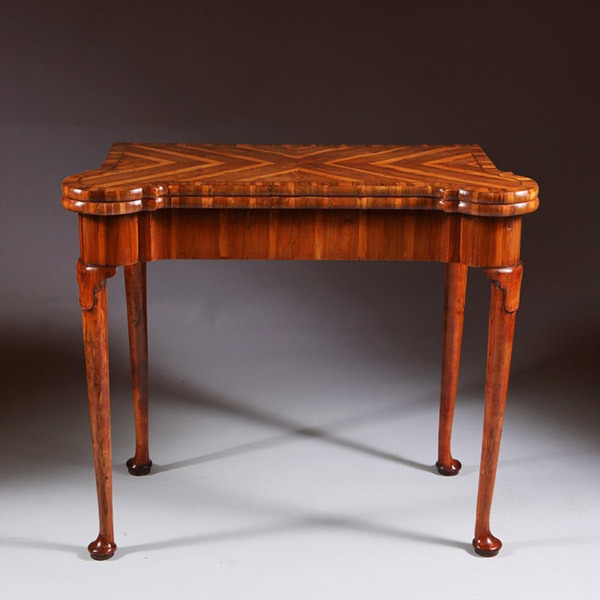
Museum Grade George I Cocus Wood Card Table, Circa 1725, England
Museum Grade George I Cocus Wood Card Table, Circa 1725. England £32,000Follow UsMuseum Grade...

A Rare and Important Charles II 17th Century Table Clock by Henry Jones
A Rare and Important Charles II 17th Century Table Clock by Henry Jones £85,000Follow UsA Rare and...
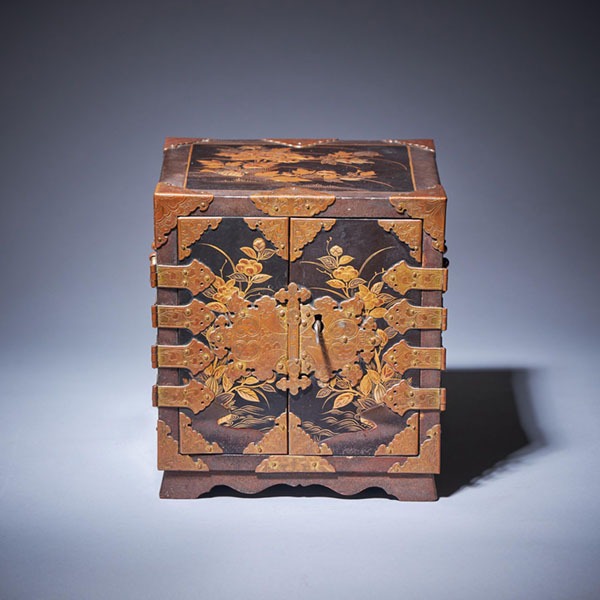
Important Early Edo Period 17th Century Miniature Japanese Lacquer Cabinet
Important Early Edo Period 17th Century Miniature Japanese Lacquer Cabinet £36,000Follow...

Fine Scottish Two-Day Marine Chronometer Signed and Numbered D. McGregor
Fine Scottish Two-Day Marine Chronometer Signed and Numbered D. McGregor £6,500Follow UsFine...

A Rare Chinese Chippendale George III cabinet on stand, circa 1760 England
A Rare Chinese Chippendale George III cabinet on stand, circa 1760. England £38,000Follow UsA Rare...

George III mahogany spider-leg table attributed to Thomas Chippendale 1768
A George III mahogany spider-leg table attributed to Thomas Chippendale 1768 £12,000Follow UsA...

Museum Grade George I Cocus Wood Card Table, Circa 1725, England
Museum Grade George I Cocus Wood Card Table, Circa 1725. England £32,000Follow UsMuseum Grade...

A Rare and Important Charles II 17th Century Table Clock by Henry Jones
A Rare and Important Charles II 17th Century Table Clock by Henry Jones £85,000Follow UsA Rare and...

Important Early Edo Period 17th Century Miniature Japanese Lacquer Cabinet
Important Early Edo Period 17th Century Miniature Japanese Lacquer Cabinet £36,000Follow...

Fine Scottish Two-Day Marine Chronometer Signed and Numbered D. McGregor
Fine Scottish Two-Day Marine Chronometer Signed and Numbered D. McGregor £6,500Follow UsFine...













